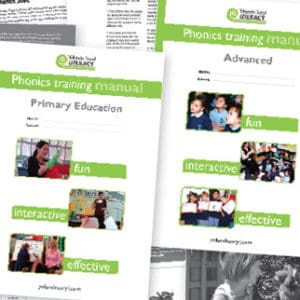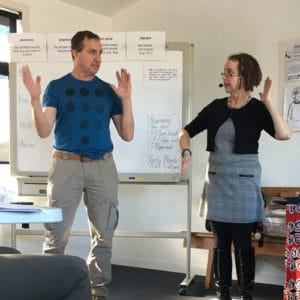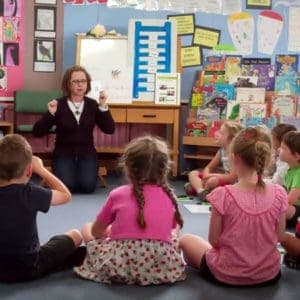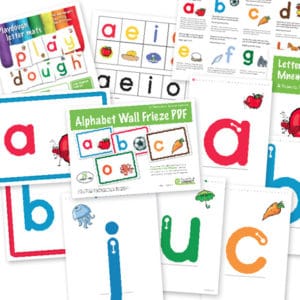Primary Phonics
Fundamental for early reading and writing
'Phonemic awareness is fundamental to early success in reading and writing … An understanding of phonics also underpins children's literacy learning. Children need to learn, through deliberate, focused instruction, which letters represent which sounds.' — Effective Literacy Practice in Years 1–4, (2003, p.32), Ministry of Education, Wellington.
Primary Phonics
Primary Phonics is essential for children challenged by spelling in writing and decoding in reading.
Training courses
Training courses recommended for teachers and teacher aides working with children age 5-7.
Teaching videos
Videos of Stages 2-5 of letter/sound correspondences, blending, consonant digraphs + more!
Understanding Phonics
It is at word level that many children fail to grasp the skills necessary to recognise or sound out unknown words for reading and spelling. This is where the explicit teaching of the word level skills of phonic and graphic knowledge can quickly empower children to read and write.
Of course, learning to read and write is not just about getting the words. Children need to learn how to use meaning and structure too so that everything they read and write looks right, sounds right and makes sense. They need to have a range of strategies and be able to work at word, sentence and text levels. Working at word level using phonics is just one part of literacy development, but it is particularly vital for beginning readers and writers.
It is important that teachers not only understand the necessity of explicitly teaching at word level by including phonics in their balanced literacy programmes, but also how to teach it effectively. Having trained thousands of teachers both nationally and internationally since 2000, Yolanda Soryl is New Zealand’s foremost phonics training provider.





